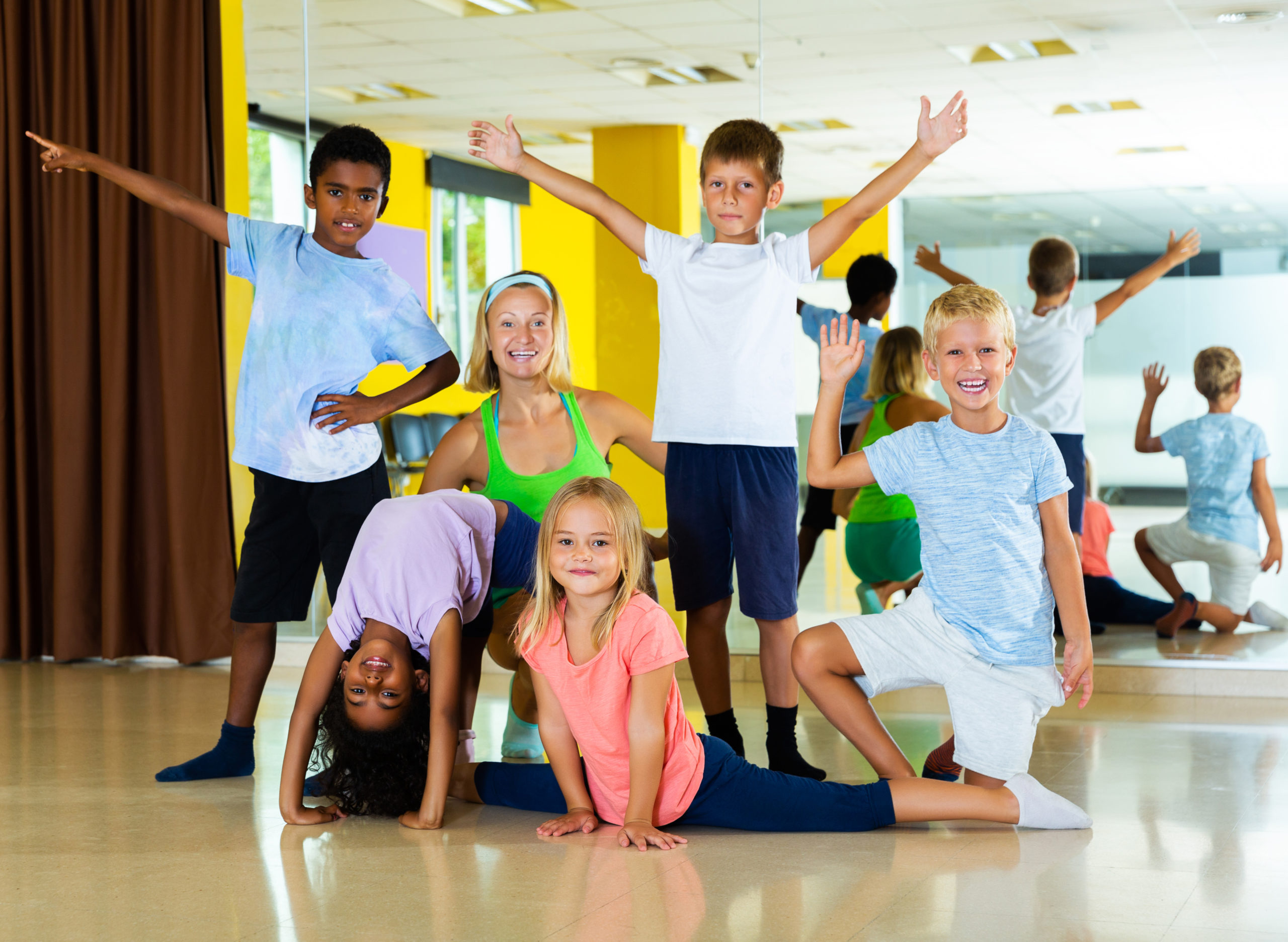
As dance teachers, how we choose to end class is equally important as how we choose to begin. In fact, how we cool down not only ensures the safety of our students but can also communicate a sense of community and collaborative practice.
A consistent ritual to end dance class, especially in creative movement, can offer a reliable and engaging way not only to conclude the learning experience but to also promote reflection and an awareness of being together.
I have been teaching creative movement classes in a variety of settings for over 20 years and currently teach graduate-level dance pedagogy at Ohio University. My colleague Maegan Wasaff, who’s a current BFA dance major at the university, has also been leading creative movement opportunities for the past three years, most recently for the preschool classes at the university’s child development center. In our experience, the ideas and concepts about concluding a creative movement class (given that thoughtful consideration of one’s personal pedagogy for this portion of class is important) are not as well developed in teaching practices.
Here are five tips for ending a creative movement class that we have routinely implemented and found effective. These can be readily incorporated or modified to support your own teaching practice, and they suggest pedagogical opportunities or strategies to further examine what constitutes “the end” of class for your young students.
1. End how you began
Transitions can be challenging for students ages 3 to 5, and especially so at the end of a dance class they enjoy. A clear signal that the end of class is near can help this transition feel less abrupt.
By revisiting a movement concept, dance teachers have an opportunity to assess student understanding. This could be as simple as returning to the exercise you started with, such as shape-making. For example, if at the beginning of class you asked students to make five asymmetrical shapes with their bodies, this same prompt can be repeated as an initial signal that the closing ritual has begun. A familiar return to opening material, which might have been further developed during class, can provide a simple, full-circle experience for both students and teacher.
2. Use a circle.
The joy of creative movement for young students is often rooted in the ability to locomote through space and explore spatial patterns. Inviting students into a circle at the end of class allows everyone to see each other in a collective space.
When standing in a circle, we incorporate slow, teacher-led movements that students follow. This can resemble the révérence that is commonly used at the end of a ballet class. The emphasis here, however, is on building a sense of togetherness and ensuring that the class concludes with the teacher as a part of the whole.
3. Incorporate breath.
Breath can be useful in its ability to recenter the body and mind. Incorporating breath into a closing ritual can support students to quiet their bodies and regroup as the dance class concludes. You could ask students to look at their hands as they inhale deeply and reach towards the sky, and then shake out their bodies and exhale everything down towards the ground. Simply offering students a reminder to take a deep breath might have a calming effect as they prepare to transition out of class.
4. Practice stillness.
Moments of stillness might already be incorporated in creative movement classes through various movement games or in balance work. However, including a final, purposeful opportunity to find stillness in the body can support a calm close to class.
It might be easier for some students to establish stillness on the floor. For instance, after incorporating breath, you could invite students to melt to the ground and find a comfortable shape to relax into and close their eyes. You can then guide students through a brief, imagery-based body scan. The scan can be followed by asking students to slowly open their eyes and calmly find a seated position. This explicit opportunity for stillness can help further quiet a young dancer’s mind and body.
5. Give students an opportunity to reflect.
Ending class with a brief reflection can support student learning. Reflection can also offer the opportunity for teachers to gauge student understanding and review learning objectives. For example, you could pose a question for students to answer themselves (“With just one word, how did class make you feel today?”) or with a partner (“What new or exciting thing did you learn in dance class today?”).
When time is a constraint, this could also be conducted as a “shout-out” of student responses. Facilitating an age-appropriate opportunity for students to reflect on, or share, their experience, can honor the students as individual learners who also contribute to the classroom community.
These five tips aim to effectively harness the end of creative movement class in ways that are intentional and purposeful. When regularly implemented, they might also present an opportunity for dance teachers to further consider the ways they build community and a sense of togetherness among their youngest movers.
For insights into how to begin a creative movement class, click here.




